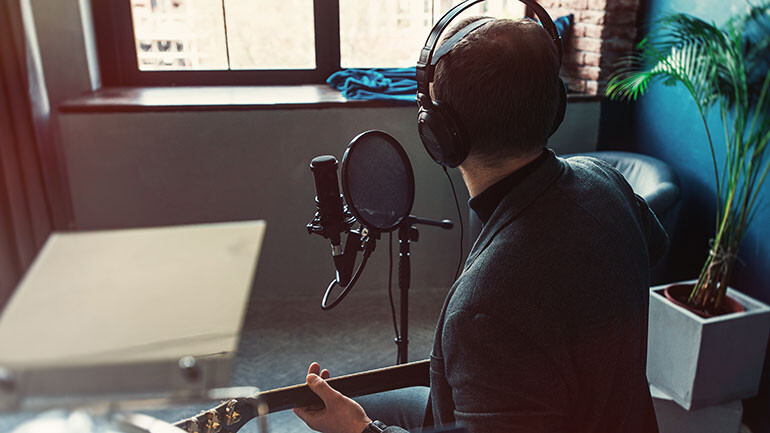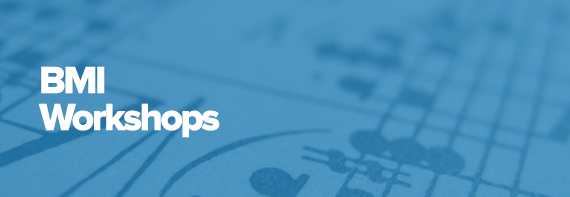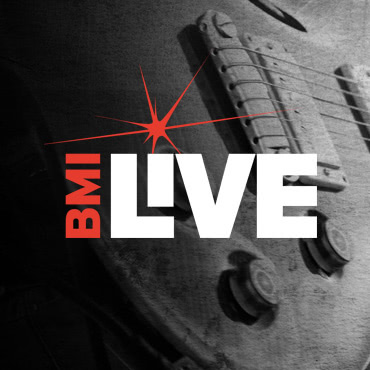Room to Move
Some efficiency tips when recording remotely

Since the start of the affordable recording era, songwriters have been used to acting as their own engineer, simultaneously managing various studio maneuvers while seeking a suitable-sounding performance. And before multitrackers came in pint-sized boxes, you needed to be in good shape as well: back then, one space was required for hundred-pound tape machines, mix consoles and the like, and another for music making. This meant having all sorts of readiness strategies when working alone, such as leaving enough time at the top of the take and testing signal strength and mix balance, before dashing into the tracking room and getting into position.
Now that you can fit a thousand spools of taped music onto one microSD card, all that moving around is no longer necessary. And yet there are times when working in an adjoining space can still be preferable, such as when recording an acoustic guitar, percussion, or anything that could benefit from a bit more “air.” Here we offer some ideas to ensure you spend more time tracking than walking when working remotely, from making use of your machine’s convenient punch-in facility, to finding certain “sweet spots” in a room for recording instruments or vocals.
Why move? When recording a direct-connected instrument such as electric bass or synth, it doesn’t really matter where you are, because you’re taking the room out of the equation. But when trying to capture the overtones of a well-made acoustic guitar, or an electric guitar that’s more responsive with the pickups close to the amp, consider an alternate environment. Particularly if you use monitors at least some of the time, your listening area should be very dry and have absorptive materials like carpeting, blankets, acoustic foam or all of the above—whereas for many miking applications, some degree of liveliness is often preferable. You don’t even need a whole extra room; you may find that certain corners, or the area around a doorway or near a window, can offer the right touch of reflectivity.
Bringing it with you. For those who work in the box using DAW software, moving to another spot is as easy as folding up a laptop and bringing along your mic, headphones, and audio interface. Even larger standalone machines that serve as a main recording hub can be carted from room to room without too much trouble. Place the equipment in a spot where the transport and monitor functions are easily accessible and you have a clear view of the track meters; when doing a lead vocal while standing up, I like to have the controls at around waist level so I’m not constantly bending over to make adjustments. Be sure to situate the machine on something rugged, and tape down any excess mic or headphone cable to avoid yanking the recorder from its perch.
Automate it. One of the handiest tools on any tracking device is the punch-in facility, which lets you automatically engage and subsequently defeat the record function, using the machine’s counter to set a predetermined start and end time. Punching-in is particularly helpful when the mic is some distance from your recorder, however you may enjoy the convenience of being hands-free even with the machine at arm’s length (such as when recording on a drum kit or standing alongside a guitar amplifier). When working remotely, set the “pre-roll” function to its maximum length (around 10 seconds), giving you plenty of time to arm the recorder and get ready.
Take frequent breaks. It’s easy to over-focus when it’s just you in the studio—hours can go by and you’re still lingering around the vocal mic, waiting for that penultimate take. In the meantime, your ears are growing increasingly tired, making it difficult to know when you’ve actually got the part down. To prevent this, be sure to take periodic breaks throughout the session so your hearing can recover, or go for a walk or do some stretches to stay loose while finishing the job. And don’t forget the importance of hydration, especially during those lengthy lead-vocal sessions—keep plenty of water on hand, though preferably in a container with a lid (to avoid accidentally soaking your equipment).






Community
Connect with BMI & Professional Songwriters